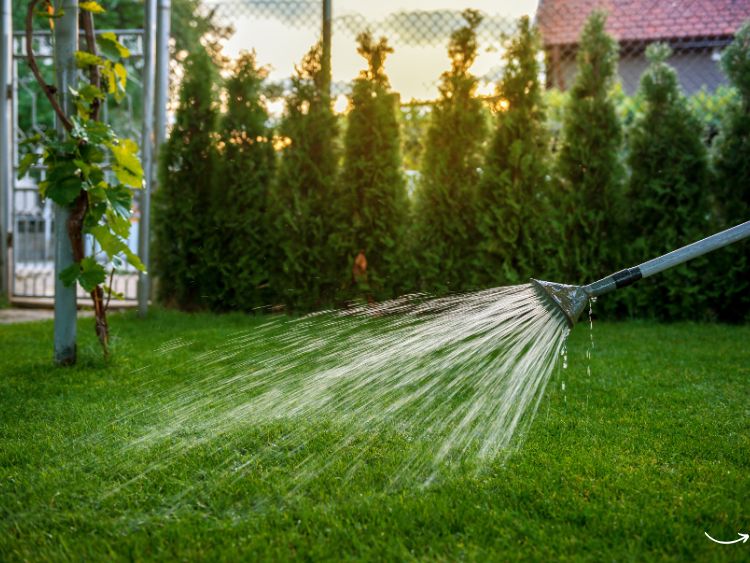Ever wandered through a garden and felt an overwhelming sense of peace and tranquility? That’s the magic of flow gardens! This innovative approach to landscaping isn’t just about aesthetics—it’s about creating harmonious environments that promote well-being and sustainability. But what exactly is a flow garden, and how can you create one? Let’s dive in and explore the enchanting world of flow gardens.
What is a Flow Garden?
A flow garden is a meticulously designed landscape that emphasizes natural, fluid movement and balance. It’s all about creating spaces that feel organic and seamless, where every element—from plants and water features to pathways and seating areas—works together to form a cohesive, serene environment. Flow gardens draw inspiration from nature, aiming to mimic the effortless beauty and tranquility found in untouched landscapes.
The Principles of Flow Gardens
1. Harmony with Nature
Flow gardens are designed to blend seamlessly with their natural surroundings. This means choosing native plants, using natural materials, and creating spaces that feel like they’ve always been there.
2. Sustainable Practices
Sustainability is at the core of flow gardening. This includes practices like using drought-resistant plants, implementing rainwater harvesting systems, and minimizing the use of chemical fertilizers and pesticides.
3. Balance and Symmetry
A key element of flow gardens is the balance between different components. This doesn’t necessarily mean perfect symmetry but rather a harmonious distribution of plants, water features, and other elements.
4. Movement and Pathways
Flow gardens often incorporate winding paths and gentle curves that guide visitors through the space, creating a sense of exploration and discovery.
5. Sensory Engagement
These gardens are designed to engage all the senses. The sound of flowing water, the scent of blooming flowers, the sight of vibrant colors, the texture of different plants—every detail is considered to create a multi-sensory experience.
Designing Your Flow Garden
Step 1: Planning and Inspiration
Before you start digging, take some time to plan your garden. Think about the overall layout, the types of plants you want to include, and any additional features like ponds or seating areas. Look for inspiration in natural landscapes and existing flow gardens.
Step 2: Choosing the Right Plants
Native plants are a great choice for flow gardens because they’re adapted to the local climate and soil conditions. Consider a mix of perennials, shrubs, and trees to create layers and depth. Incorporate plants with different textures, colors, and bloom times to keep the garden interesting throughout the year.
Step 3: Incorporating Water Features
Water features are a hallmark of flow gardens. Whether it’s a small pond, a cascading waterfall, or a simple birdbath, water adds a sense of tranquility and movement. Ensure that the water feature complements the overall design and feels like a natural part of the landscape.
Step 4: Creating Pathways
Curved pathways encourage a leisurely stroll and add an element of mystery and discovery to the garden. Use natural materials like gravel, wood chips, or stone to create paths that blend seamlessly with the surroundings.
Step 5: Adding Seating Areas
Incorporate seating areas where you can sit and enjoy the garden. Benches, hammocks, or even a simple rock can provide a comfortable spot to relax and take in the beauty of the flow garden.
Maintaining Your Flow Garden
Regular Pruning and Weeding
Keep your garden looking its best by regularly pruning plants and removing weeds. This helps maintain the balance and harmony of the space.
Watering and Feeding
Although flow gardens are designed to be low-maintenance, they still require some care. Water your plants as needed, especially during dry spells, and use organic fertilizers to keep them healthy and vibrant.
Monitoring for Pests
Keep an eye out for pests and diseases. Use natural pest control methods whenever possible to protect your plants without harming the environment.
FAQs about Flow Gardens
What are the benefits of a flow garden?
Flow gardens offer numerous benefits, including enhanced mental well-being, increased biodiversity, and improved sustainability. They provide a peaceful retreat where you can relax and connect with nature.
How much maintenance does a flow garden require?
Flow gardens are designed to be low-maintenance, but they do require some upkeep. Regular pruning, weeding, and watering are essential to keep the garden looking its best.
Can I create a flow garden in a small space?
Absolutely! Flow gardens can be adapted to any size space, from large yards to small patios. The key is to focus on creating a harmonious and balanced design that incorporates native plants and natural materials.
What types of plants are best for a flow garden?
Native plants are ideal for flow gardens because they’re well-suited to the local climate and soil conditions. Choose a mix of perennials, shrubs, and trees to create layers and interest.
How do I incorporate water features into my flow garden?
Water features can range from small birdbaths to large ponds. Choose a feature that fits the size of your garden and complements the overall design. Ensure it feels like a natural part of the landscape.
Conclusion
Creating a flow garden is about more than just planting flowers—it’s about crafting a space that promotes harmony, tranquility, and sustainability. By following the principles of flow gardening and incorporating native plants, natural materials, and thoughtful design, you can create a serene and beautiful retreat that benefits both you and the environment.
Authoritative Links
- https://www.rhs.org.uk/garden-inspiration/create-a-garden-with-flow
- https://www.gardenersworld.com/how-to/garden-design/how-to-create-a-flowing-garden/
- https://www.landscapingnetwork.com/gardening/flow-gardens.html
With these tips in mind, you’re well on your way to creating your own flow garden—a sanctuary of peace and natural beauty. Happy gardening!

